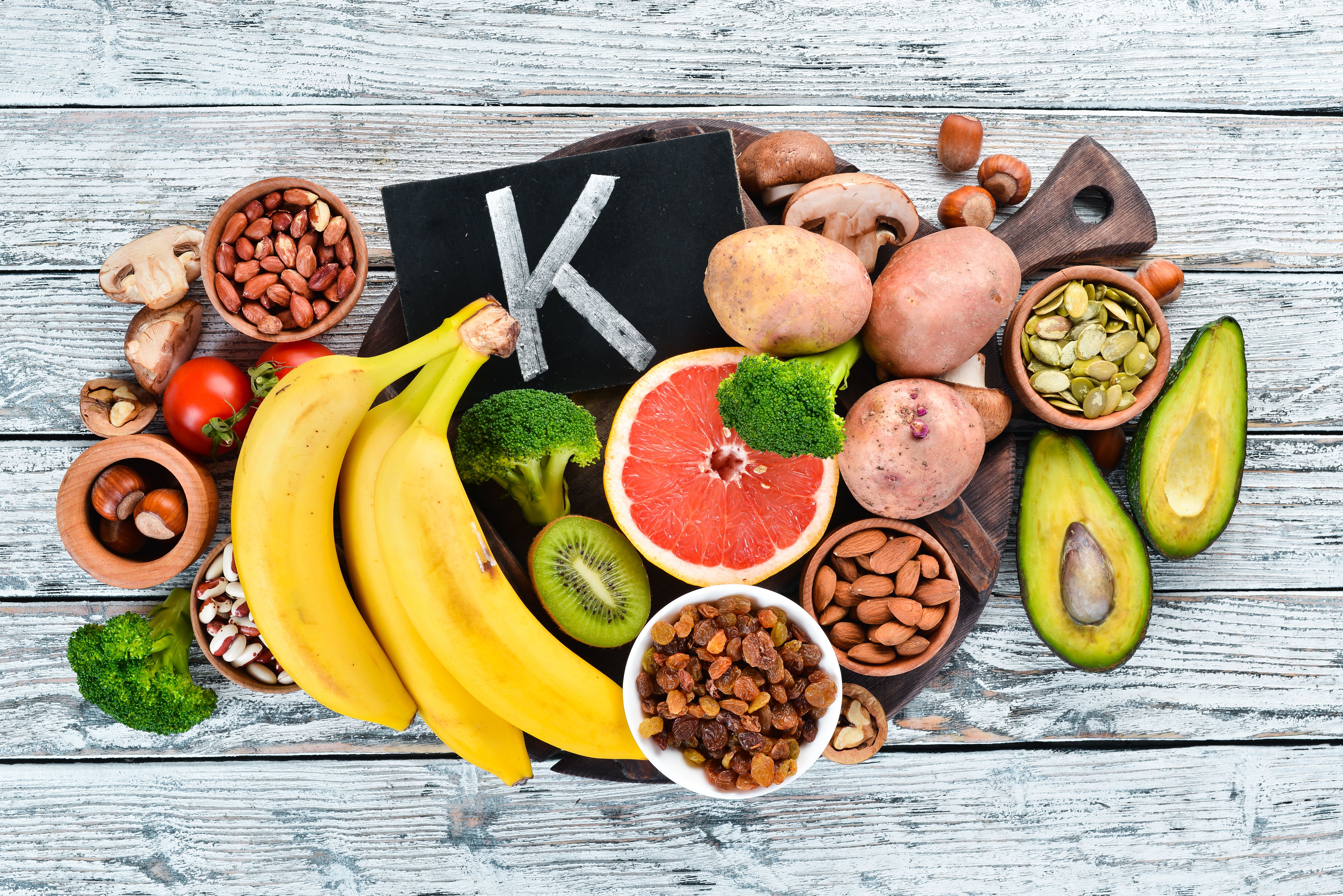UHPLC–MS/MS Determines Forms of Vitamin K and Their Distribution in Human and Rat Serum
The hyphenated method was combined with a gradient ultracentrifugation technique that allowed for lipoprotein fraction separations.
A collaboration between researchers at Charles University and University Hospital Hradec Králové, both in the Czech Republic, has resulted in a study that for the first time, to the best of the authors’ knowledge, simultaneously analyzed four forms of vitamin K—vitamin K1 and the three main isoforms of vitamin K2, MK-4, MK-7, and MK-9 (1). The team of researchers used ultrahigh-pressure liquid chromatography coupled to tandem mass spectrometry (UHPLC–MS/MS), which provided reliability and practicality in the quantification of levels of these vitamin K forms in both human and rat serum. This was especially true when combined with a gradient ultracentrifugation approach designed to separate lipoprotein fractions from the serum and analyze the distribution of vitamin K within.
Foods containing natural potassium. K: Potatoes, mushrooms, banana, tomatoes, nuts, beans, broccoli, avocados. Top view. On a white wooden background. | Image Credit: © Yaruniv-Studio

Published in the Journal of Chromatography A, the eight-author study was conducted on 59 healthy human volunteers and 12 laboratory rats, and in terms of analysis, reported a very brief run time of 8.5 min (1). Up to three previously reported methods based on LC–MS analyzed K1, MK-4, and MK-7 at the same time, but none were also able to consider MK-9, and what’s more, logged an analysis time of approximately 2 h for the desired sensitivity (or shorter, but then were unable to adequately detect MK-7).
The importance of detecting levels of vitamin K within the human body, though the clinical significance of a deficiency is very rare, is crucial because some deficiencies may present asymptomatically, according to the authors. Usually, they wrote, these deficiencies are limited to those who take medication that may suppress vitamin K metabolism, or who have “absorption or other gastrointestinal disorders” (1). The authors go on to say that vitamin K is needed for the carboxylation of osteocalcin in bone, the absence of which could result in osteoporosis. Also, vitamin K could have a connection to cognitive performance and therefore, play a role in the development of Alzheimer’s disease.
In addition to the specialized UHPLC–MS/MS platform used here, the researchers also employed gradient ultracentrifugation; that is, where samples are contained in special cells that feature a centerpiece of channels to hold both sample and reference solutions between two optical windows made of either quartz or sapphire (1). The authors said this was one of the fastest and easiest ways to determine the distribution of vitamin K isoforms in lipoprotein fractions; previous studies have suggested that vitamin K is carried predominantly by triacylglycerol-rich lipoproteins soon after absorption, and both low- and high-density lipoprotein (LDL and HDL, respectively) fractions have significance in continued vitamin K research.
The researchers’ findings included not only the relatively short (8.5 min) analysis time, but also found that that time could be further reduced to 5 min if MK-9 was excluded (1). Regarding MK-7, it was still identified at a limit of detection (LOD) as low as 0.1 nmol/L, one of the lowest readings ever recorded. Furthermore, the authors were able to connect the results they gathered to the hypothesis that vitamin K is found mostly in LDL and HDL, a consideration that must be kept in mind when evaluating those fractions.
Reference
(1) Mrštná, K.; Matoušová, K.; Kujovská Krčmová, L.; et al. Analysis of Vitamin K1 and Major K2 Variants in Rat/Human Serum and Lipoprotein Fractions by a Rapid, Simple, and Sensitive UHPLC–MS/MS Method. J. Chromatogr. A 2024, 1714, 464548. DOI: 10.1016/j.chroma.2023.464548
New Study Investigates Optimizing Extra-Column Band Broadening in Micro-flow Capillary LC
March 12th 2025Shimadzu Corporation and Vrije Universiteit Brussel researchers recently investigated how extra-column band broadening (ECBB) can be optimized in micro-flow capillary liquid chromatography.
Matrix Effects on Quantitation in Liquid Chromatography: Sources and Solutions
March 10th 2025The “matrix effect” is one of the sticky details that can make the use of liquid chromatography (LC) for quantitative purposes challenging, even though it is conceptually quite straightforward. In this installment of LC Troubleshooting, Dwight Stoll reviews what is being referred to during talks about “matrix effects”, and discusses some of the potential origins of the phenomenon in practice.









